Free digital copy
Get Speciality Food magazine delivered to your inbox FREE
Get your free copy
With only around 200 cheeses in its national larder, Spain can’t claim to be the one of the largest producers in the world. But what it lacks in quantity, it more than makes up for in quality, say Spanish Masters of Cheese. Particularly within its selection of sheep’s milk varieties, which make up much of its number.
With demand for both sheep’s milk and goats’ milk cheeses continuing to grow in the UK, while sheep’s milk supply dwindles, should we be looking to the continent to satisfy our cravings?
Jesus Llamazares of one of the UK’s only specialist Spanish cheesemongers and delis, Los OrigenES, says it can be very tricky for others to break into the market. It requires good negotiating skills and a firm grasp of the Spanish language.
As a native himself, Jesus has had to travel between Britain and Spain to personally engage with producers. It’s best, he says if you want to stock Spanish cheeses, to work with someone who already has those relationships. “Spanish cheese outside of Spain is almost a secret,” he says.
Like many other parts of the world, Spain’s relationship with cheese likely goes back to milk spoiling in some way, and the resulting curds being appreciated as a portable product with lots of nutrition to offer.
“There are records going back thousands of years of cheese in Spain,” says Jesus, adding that the prevalence of sheep’s milk cheeses is largely down to the migratory nature of farmers in the country’s history, who would travel throughout the year from North to South, following their flocks. “Sheep are very easy to handle,” Jesus explains. “Cows are complicated and, I guess, goats are more independent,” he laughs.
This tradition of moving sheep through the country and making cheeses spans centuries. “If you think about the geography of Spain, it has very different climates. In the North are the mountain chains, and it’s very hot in the South,” Jesus adds. .”It’s different weather and plants. Landscapes from mountains to flats. In the winter all the sheep herds were travelling South to try to get warmer, and some families established themselves there. That’s the reason you will find sheep’s cheese and milk all around Spanish regions.” Each cheese is different, he adds, saying a remarkable amount of love, care, time and attention goes into the process of making artisan cheese in Spain.
Jesus has loved cheese since a very young age, keenly helping his parents finish off their cheeseboards when he was growing up. To pick his favourites from Spain has been no easy task. “It’s like having 12 sons and someone saying to me ‘choose 10’. I’ve selected 10 that I think are amazing, and some runners up as well. The top 10 are ones with the characteristics I love the most.”
From the Castilla La Mancha region
Tasting notes: Light, acidic, flavourful and peppery when aged
Everyone loves Manchego. It’s one of our most famous cheeses. But what people don’t know here in the UK is Manchego is not just one single variety. Manchego curation comes from 15 days, which is soft, up to 24 months, and in the middle we have four months, 6 months and 12 months. It’s very interesting seeing people’s faces when they try a Manchego with 15 days curation. It’s the only one that’s pasteurised – the other ones are made with raw milk.
Another thing people out of Spain don’t know is it is only made with sheep’s milk. Some are sold here with cow’s milk or goats’ milk but that is not Manchego. In Spain there are strong regulations and there is a PDO regulating how to make the product, and what you can put in it. The regulations say Manchego can only be made with sheep’s milk, and only the sheep of the Manchega breed. That’s important because, even in Spain, some cheeses have come out similar to Manchego with a blend of different sheep’s milk made in a similar manufacturing process. But it’s not Manchego.
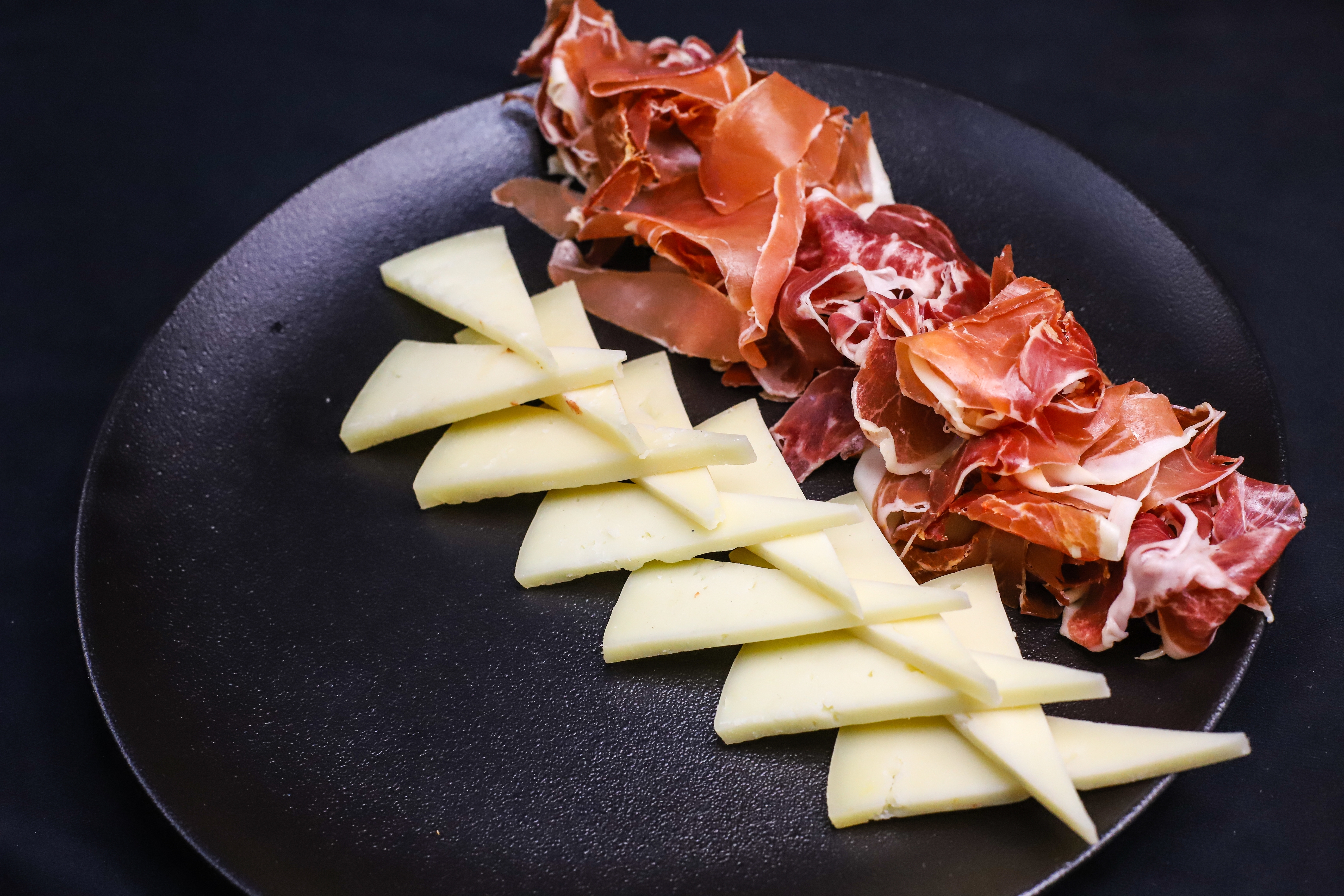
From the Alava y Vizcaya region
Tasting notes: Smoky, intense, balanced and clean with notes of matured milk
This comes from the Basque country. It’s a smoky sheep’s milk cheese, and this is very very interesting. Milk from the sheep in the mountains in the Basque country is very different to milk of sheep from La Mancha. With this cheese, they are just hung after they are made and smoked a little bit. The curation is about 60 days, and this is something you would eat on a special occasion. It is very delicious, balanced and clean.
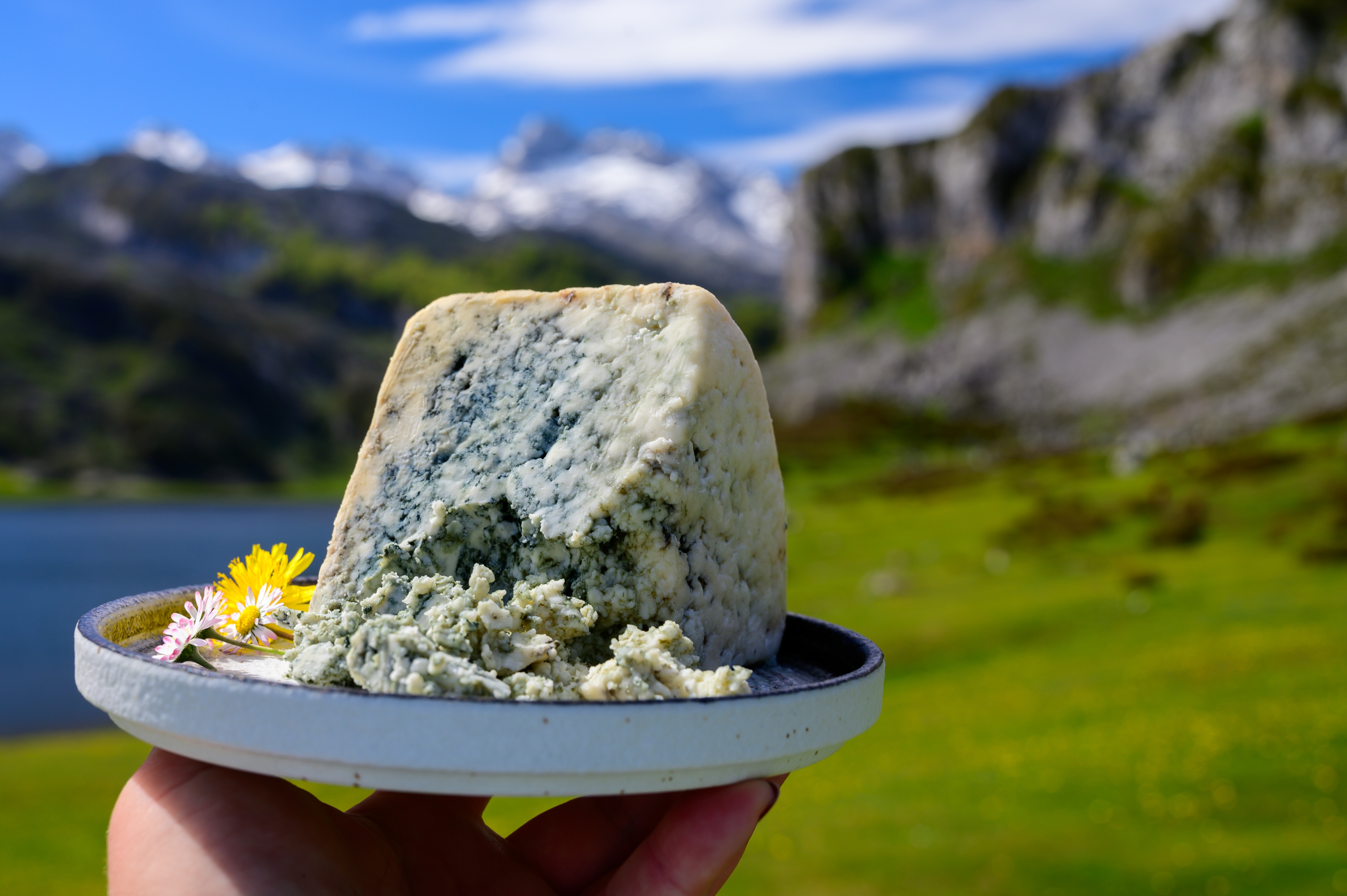
From Picos de Europa
Tasting notes: Intense with a long aftertaste
Cabrales is one of my big loves, probably because my father was born in Leon. This strong cheese is made in caves at 1,500m in the mountains, where artisans have to go two times every week to wash them. You don’t have electricity. You have to have battery powered lights with you. And you don’t have water. There are buckets collecting drips of moisture from the caves to wash the cheeses. Some of these caves are not accessible. You have to drive to a certain point and climb the mountain 300m to 500m more.
There is a Cabrales cheese and a paste, which is fantastic, and normally a blend of different milks. To be honest, it is not so strict. Normally there are two or three types of milk used – cow, sheep or goat. Curations are from three to six months, but the usual commercial kind is three months. Six months is less commercial because it is stronger.
Nevertheless, some producers take it to 12 months curation, but production is limited to five to 10 cheeses. You can imagine the number of restaurants and cheesemongers all around Spain trying to get some of these products – it’s very difficult!
When I was there cherry picking the very best last year, I tried five to seven producers for Cabrales. Speaking with them, most of them are sole traders and they don’t have room to increase production. There are no more caves! This means it is a very artisan product and difficult to find.
I would say the flavour at three months is intense. At six months it is more peppery in your throat slightly. And the ones going beyond 12 months are so unique and more intense and peppery. I always say it is a bit like a Stilton.
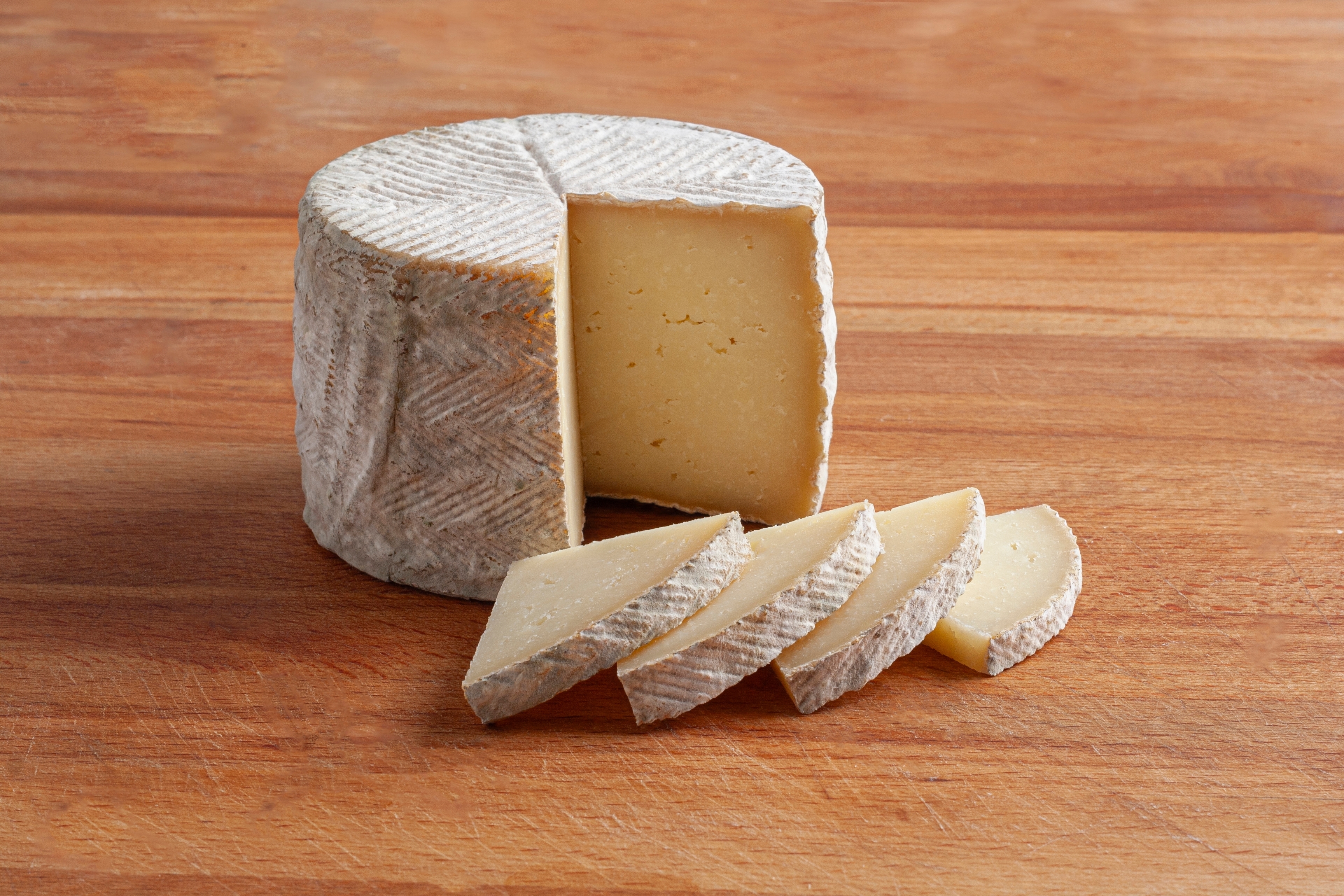
From the Zamora region
Tasting notes: Acidic, balanced with salt, with notes of milk curd and pepper
This is a cheese that is unknown outside of Spain. It’s made in Castilla Y Leon and is a sheep’s cheese, very like Manchego because the climate is similar. The curation normally goes from three to 12 months, and they don’t do a soft Zamorano and don’t go beyond 12 months. This cheese is drier, maybe not so creamy, but has a very balanced taste between acid and salty flavours with little notes of pepper.
From the Caceres region
Tasting notes: Slightly bitter, powerful and creamy
I love Torta Del Casar. I cannot say anything bad about it. It’s a strong sheep’s milk cheese made only with milk from two breeds. Normally the curation is two months and the taste is light and a little bitter. Because of the climate of the area they don’t have a lot of plants - the sun is powerful, but thistles grow quite strong and so they use this for the rennet. To be honest, this is very interesting to see because now people are starting to use other types of vegetables as a rennet now – pineapple, figs and papaya.
This cheese is melt in the mouth and fully spreadable once it is out of the fridge – there are very few cheeses that you can do that with. Leave it for 30 to 40 minutes at room temperature and put a breadstick inside. It becomes almost like a cream or a fondue.
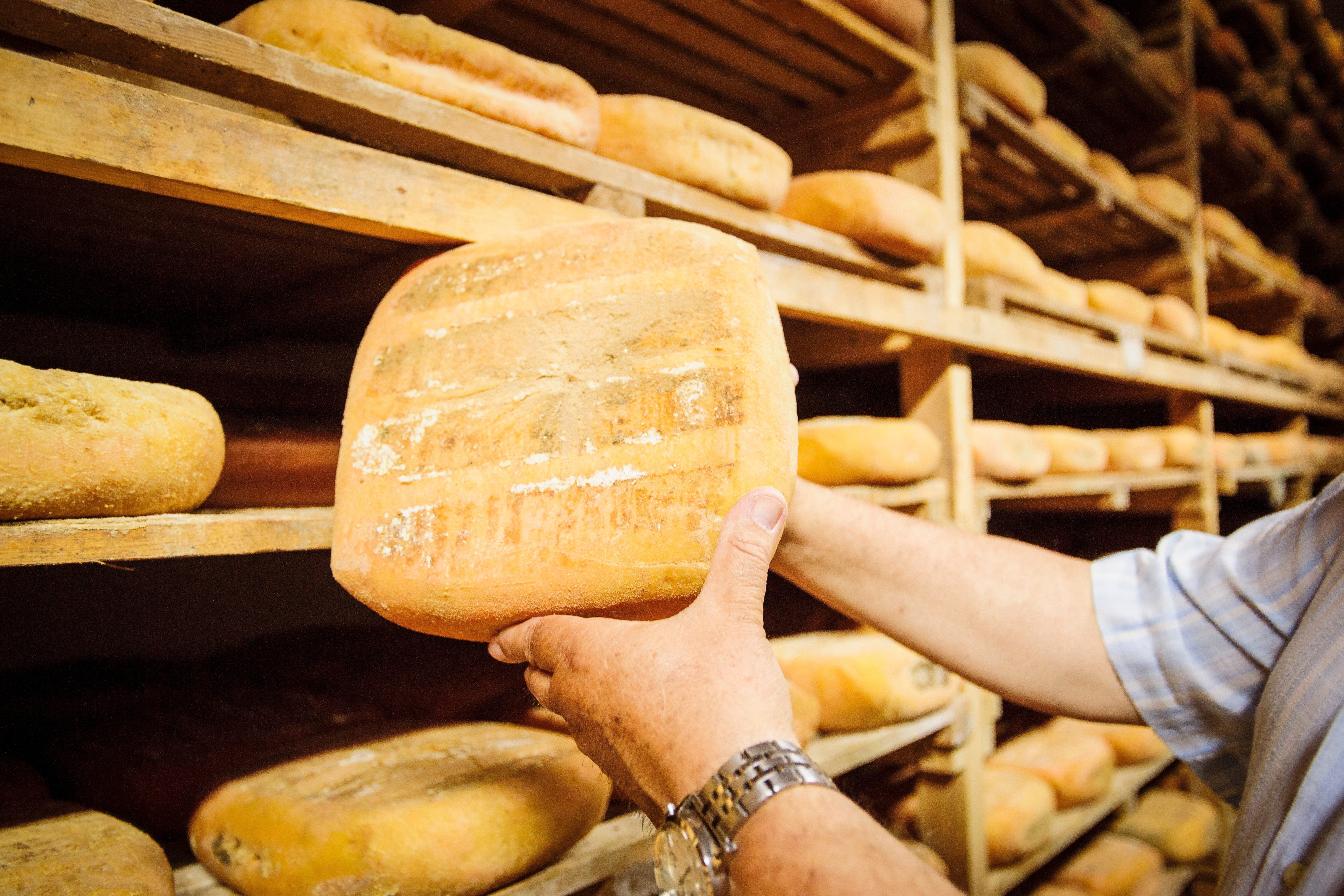
From Menorca
Tasting notes: Fruit and butter, with an aftertaste of toasted nuts and toffee
This is one of the few cheeses in Spain made only with cow’s milk. The curation is two to 24 months and it is a cheese that looks very pretty. It can have notes of milk and butter, and experts say you can taste nuts and toffee afterwards. The cheese is very unique. Anything made in the Balearic or Canary Islands is very scarce because, of course, the island is limited. It’s not something that is made on a massive scale. It is quite special.
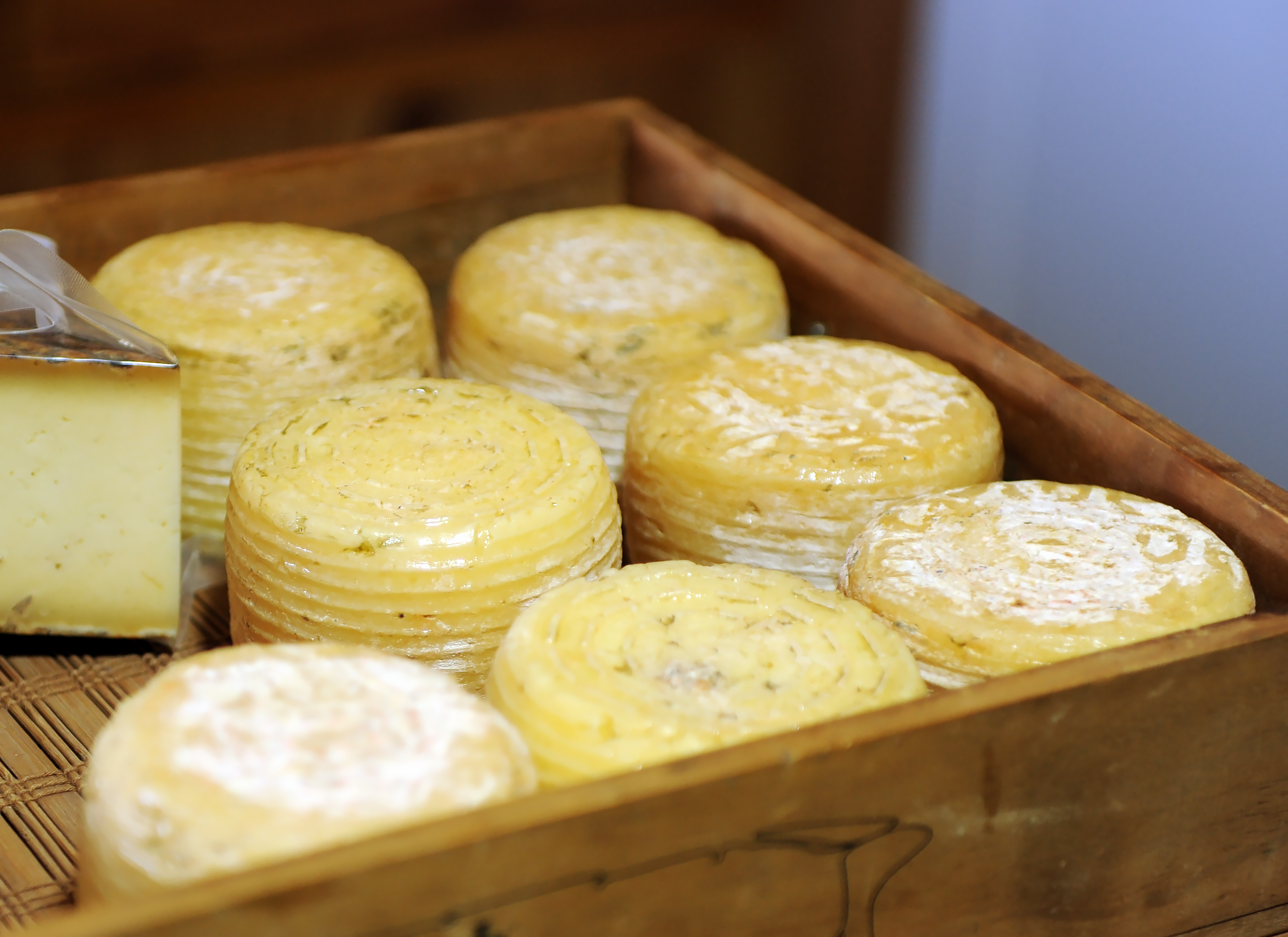
From Andalucia
Tasting notes: Acidic and peppery after ageing
Another interesting one from Cadiz in Andalucia, made with sheep and goats’ milk. The name comes from the goat breed, Payoya, and it’s also made from Merina too. The curation is 25 days up to 250 days, and it has no PDO yet, but just because you don’t have PDO does not mean you are not making great cheese. Payoyo has an acidic taste, and for the ones aged closer to eight months you have some notes of pepper. At one month it is soft but not melty or creamy, and from 25 days you start to get more consistency.
From Galicia
Tasting notes: Buttery, dairy, somewhat acidic and lightly salty
A cow’s milk cheese that I like a lot. It’s a very soft one at seven days curation. The kind of cheese, when I was younger, that would be given to kids. You could eat a whole one to yourself. It’s not as spreadable as Torta del Casar, but some people do use it to make fondue.
The name in English is like a breast. The reason behind that is back hundreds of years ago the Catholic priests and archbishop seniors from the church said a statue of a lady in Galicia with very big breasts could not be made, so they talked to the artist and said they had to reduce them. To challenge the church the cheesemakers in Galicia adopted this form of cheese.
From Fuerteventura
Tasting notes: Honey, thyme and almond essence
This cheese is sheep and goats’ milk from native breeds and the curation is seven to 60 days. It’s not a soft cheese and, probably because of the breeds and types of plants we have here, it has a taste like honey with thyme and almond essence, and a round aftertaste with pepper – very delicious.
A cheese master in Madrid told me it’s very very scarce. When you go in the maturation room, there are just a small number of cheeses, and the reason is because there are few sheep and goats on the island, and not many people who want to work with them. The tradition is still there, but there is a strong feeling that if nobody does anything, this tradition will be lost in one or two generations.
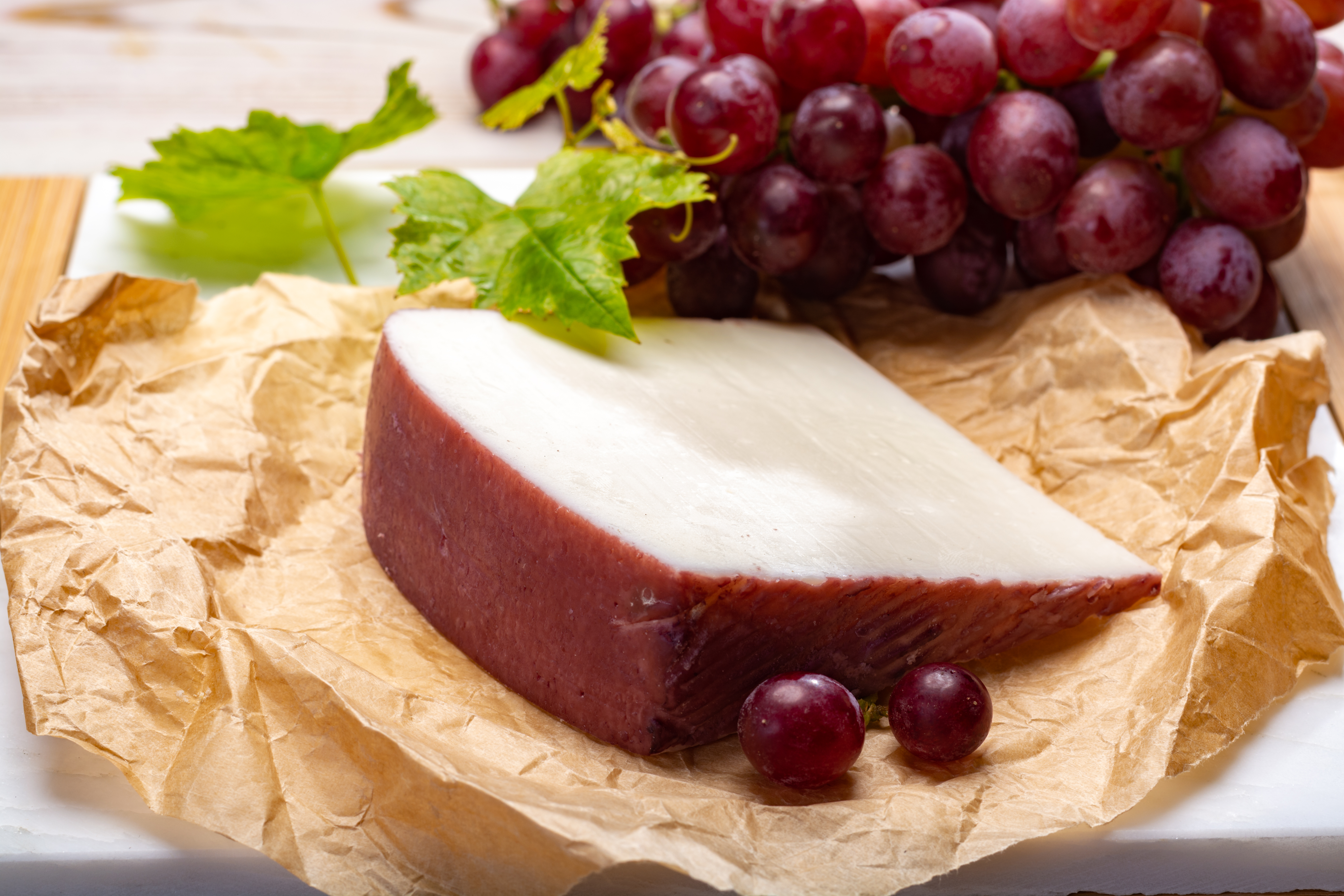
From Murcia
Tasting notes: Acidic and slightly salty
Made in the South of the country. It’s the only goats’ cheese I have chosen, and the curation is around 45 days. They have big containers here with red wine from Morcilla, and they immerse the cheese in it for 20 days, wash it, send it to the curation room, and repeat the process two or three times. The border has a very characteristic red wine colour and you get a little bit of the taste as well.
There is a big concern the cheese may disappear in a few years because the goat population is diminishing quickly, and for this cheese they cannot change the animal or breed. Less of it is being made every day.
11. Queso Fresco: There is nothing else like it. It is everywhere in Spain and its origins come from the Basque country. It’s a cow’s milk cheese with no curation at all. The taste has buttery notes, and it’s often used in combination with membrillo or apricot jams. It’s very good for people who like cheese but are not so good at digesting cured cheeses.
12. Gamonedo: From Esturatas. A nice cheese combining cow and goats’ milk.
13. Valdeon: A blue from Leon, made close to Cabrales. It’s strong, peppery and salty with some aromatic and buttery notes.
14. Flor di Guia: From Gran Canaria. It combines cow’s, sheep’s and goats’ milk and is a little bitter.
15. Ibores: From the Cacares region. This is buttery, lightly salty, peppery and acidic.
16. Cabriero: A Galician cow’s milk cheese with a peppery and milky flavour.
17. Arzua Ulloa: Available from six days curation, this cow’s cheese from Galicia is milky and slightly salty with medium acidity.
18. Roncal: From Navarra. A sheep’s milk cheese available from four months curation. It has a peppery flavour.